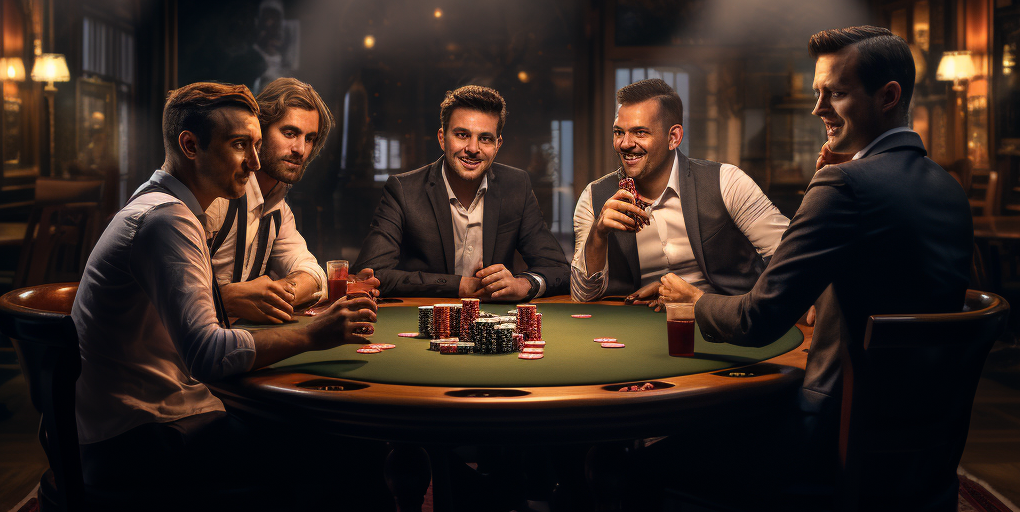Bluffing requires quick decision-making and risk-taking. It also demands knowledge of the game and your opponents’ tendencies. For instance, players who have lost money often polarize their behavior. This makes them prime bluff targets.
You should also consider your opponent’s image and table tendencies. For example, if an opponent has been caught bluffing recently, they will likely call your raise.
Pre-flop betting phase
Bluffing is a powerful poker strategy that can help you win pots and turn even a losing hand into a profit. However, it requires careful thought and practice to be effective. There are six general matters that you need to consider when bluffing: your opponents, your image, the betting history of the hand, your position, and the strength of your hand.
In addition, you need to think about the current state of mind of your opponent. A player who is a little tilted or worried about making it to the money bubble in a tournament makes a good target for a bluff.
Generally, pure bluffs (when your opponent has no way to call) are less profitable than bluffs combined with hands that have the possibility of improving as the hand develops. These are known as semi-bluffs. For example, a low pair on a paired board could be improved to a full house by the river and still earn a large percentage of your opponents’ money.
Post-flop betting phase
Bluffing is a key element of any poker game, but it’s also one of the fastest ways to lose money. It’s important to bluff at the right frequency and choose your bet sizings carefully. In order to maximize your bluffing profit, you should only bluff with hands that have outs that improve them to the best hand on a later street.
You should also be aware of how your opponents react to your bluffing. They may take longer to make their bets if they are thinking about calling your bluff. If they are good players, you can use this to exploit them.
Moreover, you should also consider the recent history of your opponents. If they have been hammered by bad beats, they are likely to fold when you bet, and make a poor target for your bluff. This is because they are thinking about preserving their stack and not giving away the rest of their hand.
Bluffing in pot-limit games
Bluffing is an important part of poker strategy, but it requires careful consideration of the potential risks and rewards. Players must consider a number of factors when deciding to bluff, including the texture of the board and the players’ ranges. This can help them determine an appropriate value-play-to-bluff ratio.
Other considerations include the player’s positioning and the opponents’ tendencies. Bluffing is more successful against solitary opponents, but it becomes less effective as the number of players increases. It’s also important to observe the opponent’s reactions and betting patterns to detect any tells. If a player is tense and stiff, for example, it’s likely that they have a strong hand.
Stack sizes are also important, as it’s more difficult to call a bluff when an opponent is short-stacked. This is why it’s important to dwindle the field before making a bluff. This way, the bluffer can avoid losing too many chips when they are called by their opponent’s superior holding.
Bluffing in no-limit games
Bluffing is a risky strategy, but it can be rewarding when it works. It requires a deep understanding of your opponents and careful consideration of the right time to execute a bluff.
It’s also important to note that some players will go on tilt after a failed bluff, and this can be costly. Look for players who show signs of this and try to avoid them at all costs.
Bluffing in no-limit games is often more effective than bluffing in pot-limit games. You can take advantage of the fact that your opponent cannot control the size of the pot and may be tempted to call any bet. It’s also important to choose a good spot to bluff, such as when the action folds to you preflop or when you’re out of position and the players to your left are tight. Identifying these spots will make your bluff more successful. A good bluff should have positive expected value, which means that the amount of money you’re betting plus your odds of winning should be greater than the cost of your bluff.




